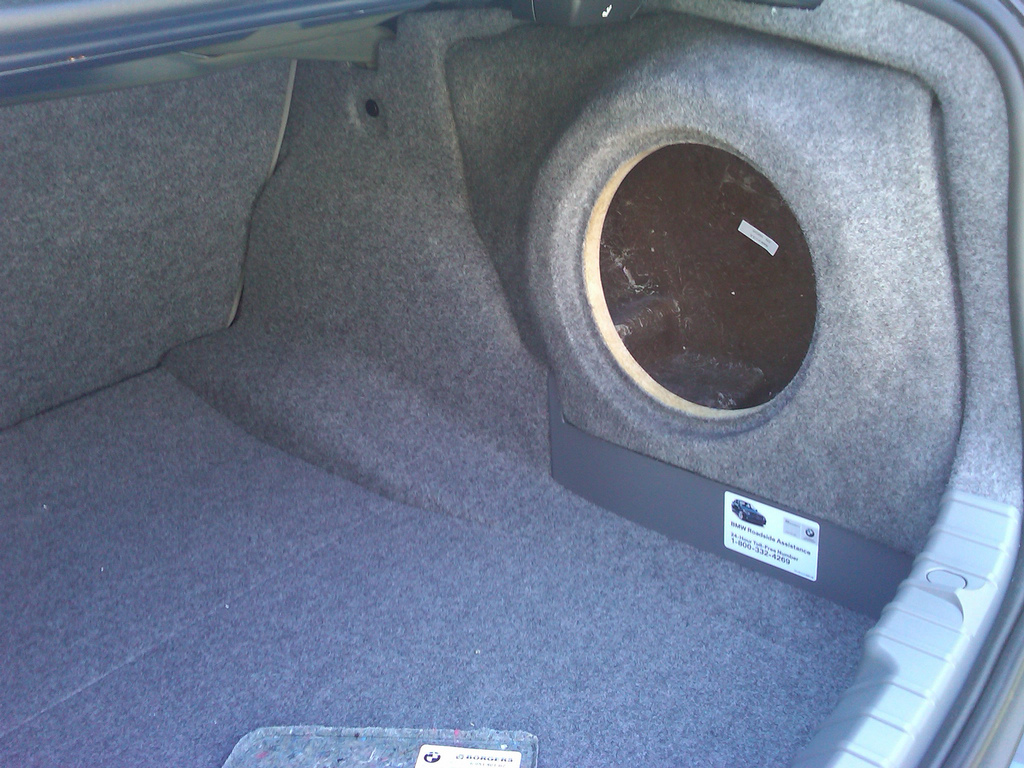

With a good speaker, this sounds like the recipe for a great audio system. This way, the waves created by the back of the speaker never meet the waves created by the front of the speaker, no resonances, no diffraction. The theory of infinite baffle is that you place a woofer onto a board or baffle, and the baffle extends in all directions so much, that even the longest sound waves don’t reach the edge of the baffle. Great transient response (plays with little effort short duration sudden sound waves, like drums).Design errors don’t have big impact on overall sound.If space is an issue, sealed enclosures are the smallest.Stuffing the box with sound damping material will help absorb stationary waves produced by the back of the speaker and yield better results. You only need to calculate the internal volume of the box, which is done with little effort. This is the easiest enclosure to design and build. When the speaker moves, the air does not escape the box, it only alters the pressure inside it. A box, of whatever shape you wish, that is air tight. Which enclosure is best suited for you ? That’s for you to decide ! Types of enclosures / boxes, starting from simple to complex: Sealed / Closed enclosureĪ sealed enclosure is exactly what it sounds like. Now, since we got that cleared out of the way, let’s ask a question : How much does the enclosure affect the sound quality ? The answer is : a lot ! I’m not exaggerating by any means, if I say that an exotically priced speaker, with poorly designed enclosure, will sound worse than an average speaker in a great box. This happens especially to the lower frequencies (bass). If they meet, they will cancel each other, since they are out of phase, and will lead to poor bass response. The role of a speaker box is the separate the waves produced by the front of the speaker, from the waves produced by the back of the speaker.
#Speaker enclosure design basics drivers#
Midrange drivers need their own chamber, mainly to separate it from the bass driver (so the pressure from the bass doesn’t interfere with the midrange’s cone), but volume is not to be neglected, as it does affect the sound signature. Tweeters usually come capsulated and do not need enclosures. When we talk about enclosures / boxes, it is common sense that we are going to use it for bass drivers. But first, let’s start off by clearing up some things.

There are many types of enclosures out there. Among the many existing types of enclosures, which one is the best for you ?


 0 kommentar(er)
0 kommentar(er)
